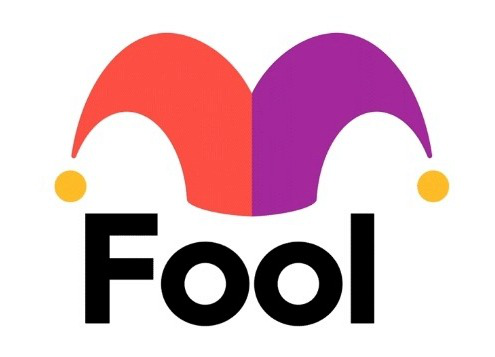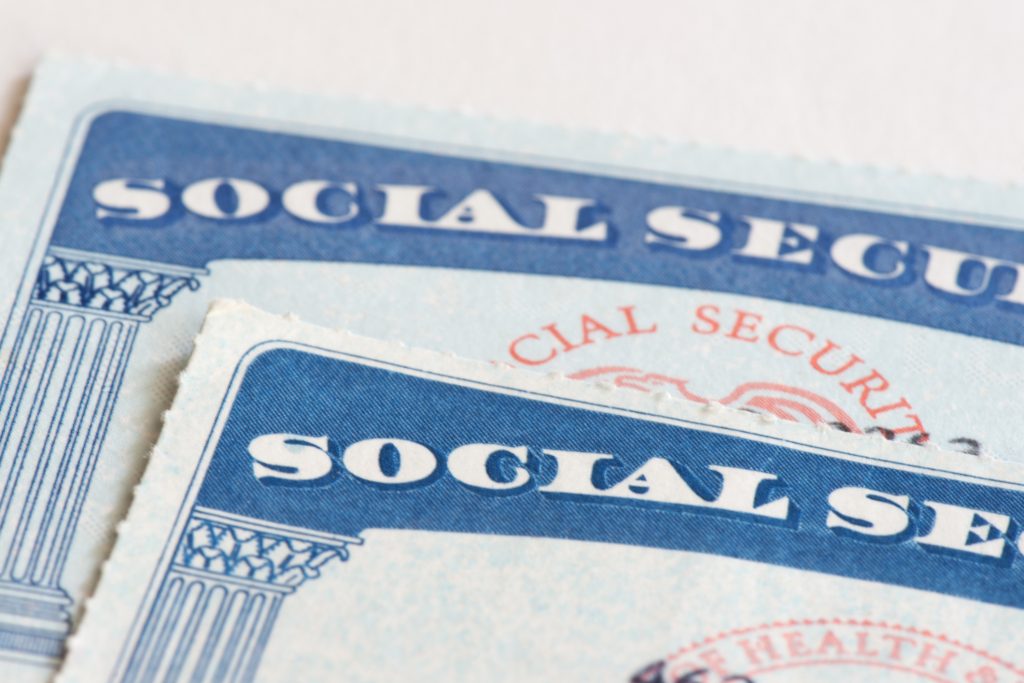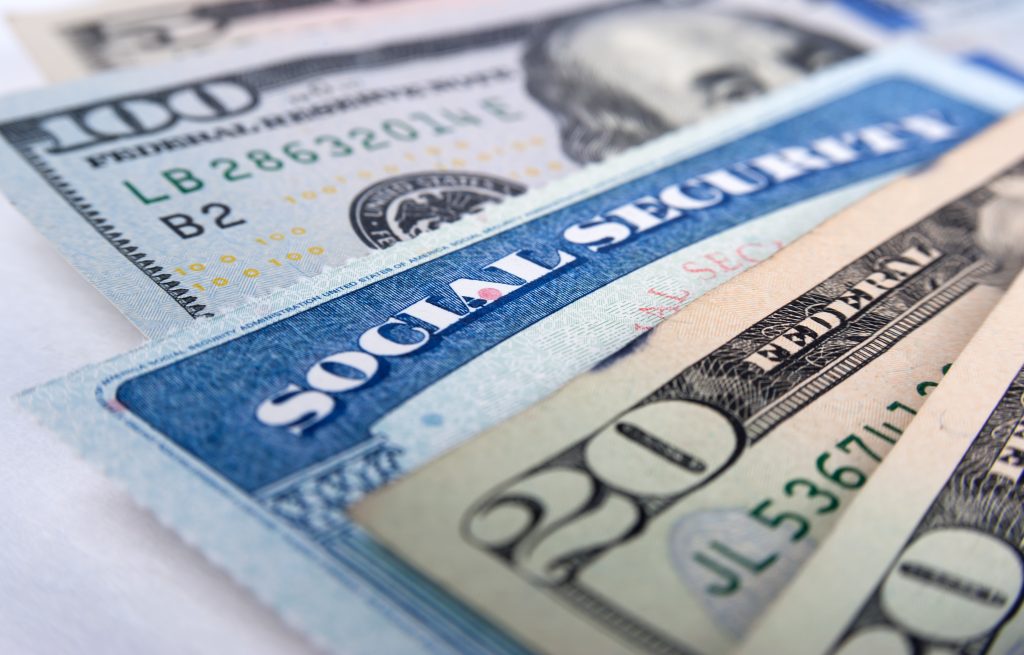Millions of people get their health coverage through Medicare. As of December 2024, the program had 68 million enrollees, about 90% of whom were 65 or older.
This year, there are a number of ways Medicare is changing — some for the better, and others less so. Here are three key changes that could have a big impact on your wallet in 2025.
Start Your Mornings Smarter! Wake up with Breakfast news in your inbox every market day. Sign Up For Free »

Image source: Getty Images.
1. A hospital stay will cost you more
Although Medicare enrollees typically don’t pay a premium for Part A, which covers hospital care, there’s a cost for being admitted to the hospital. In 2025, you’ll face a $1,676 inpatient deductible, up from $1,632 in 2024.
That $1,676 covers only your first 60 days of care, though. Beyond that, you’re looking at a daily coinsurance rate of $419 in 2025, up from $408 last year, for days 61 through 90. The daily coinsurance rate for lifetime reserve days has also changed this year — it’s $838, up from $816 in 2024.
On a related note, the cost of skilled nursing care under Medicare Part A is also higher this year. For days 21 through 100 at a skilled nursing facility, your daily coinsurance cost is $209.50, up from $204 in 2024.
2. Part B comes with a higher monthly price tag and annual deductible
Unlike Part A, Medicare Part B costs enrollees money in the form of a monthly premium. In 2025, the standard monthly premium is $185, up from $174.70 in 2024. The annual Part B deductible has also increased modestly to $257, up from $240 last year.
Unfortunately, this Part B increase comes at a time when Social Security benefits have gotten only a modest 2.5% cost-of-living adjustment (COLA). A roughly $10 increase in the cost of Part B is going to leave many seniors with less of a raise at a time when inflation hasn’t fully cooled.
It’s also worth noting that $185 is the standard Part B premium this year. Higher earners subject to income-related monthly adjustment amounts will face higher costs for Part B.
3. There’s a cap on Part D drug costs
Prescription copays can put a huge strain on older Americans’ budgets. The good news there is that effective in 2025, Medicare enrollees won’t have to pay more than $2,000 out of pocket for prescription drugs covered under Part D. This cap was established by the Inflation Reduction Act of 2022.
The Kaiser Family Foundation says that had a similar cap been in place in 2021, 1.5 million Medicare Part D enrollees would’ve saved money on their prescription costs. Among those 1.5 million people, 12% spent $5,000 or more out of pocket that year.
Healthcare tends to be a major expense for retirees, so it’s important to stay informed about Medicare changes. In addition to the updates above, your specific Medicare Advantage or Part D plan may have changed in 2025, so pay attention to who’s in network and what you’re being charged to avoid problems in the course of taking care of your health.
The $22,924 Social Security bonus most retirees completely overlook
If you’re like most Americans, you’re a few years (or more) behind on your retirement savings. But a handful of little-known “Social Security secrets” could help ensure a boost in your retirement income. For example: one easy trick could pay you as much as $22,924 more… each year! Once you learn how to maximize your Social Security benefits, we think you could retire confidently with the peace of mind we’re all after. Simply click here to discover how to learn more about these strategies.
View the “Social Security secrets” »
The Motley Fool has a disclosure policy.
 fool.com
fool.com benzinga.com
benzinga.com marketbeat.com
marketbeat.com



